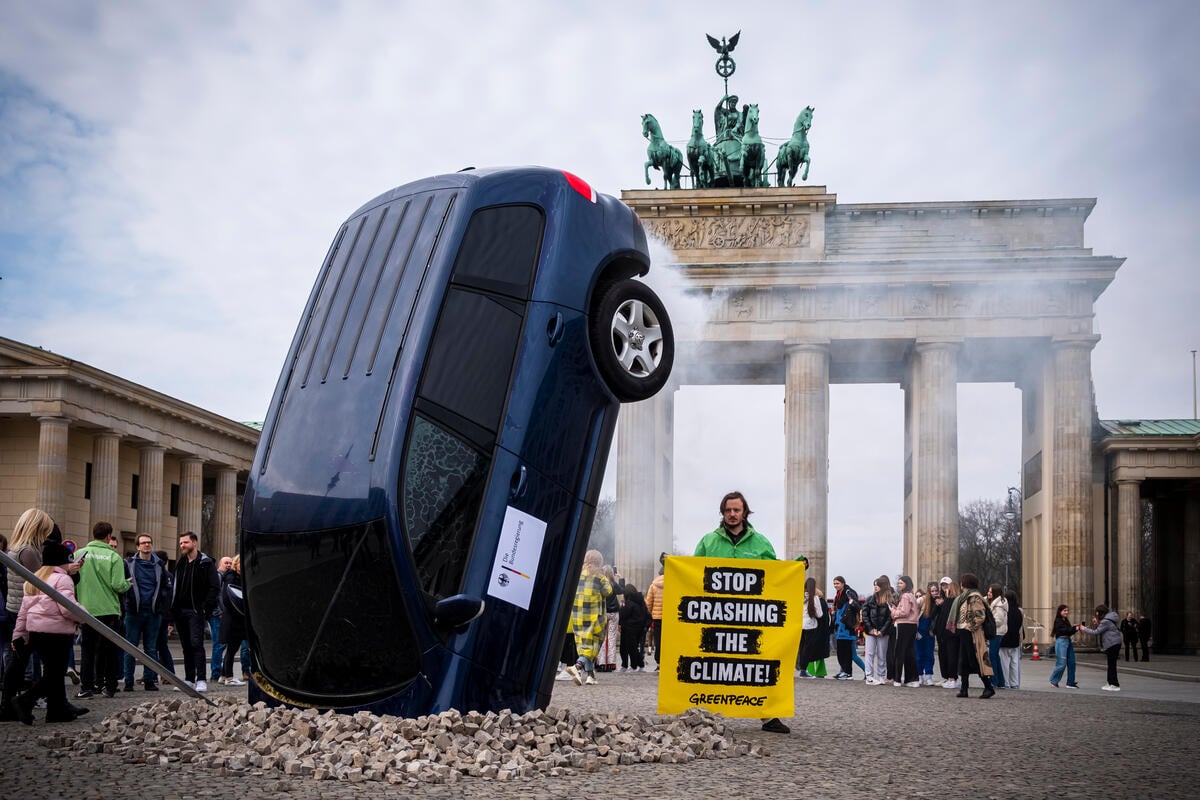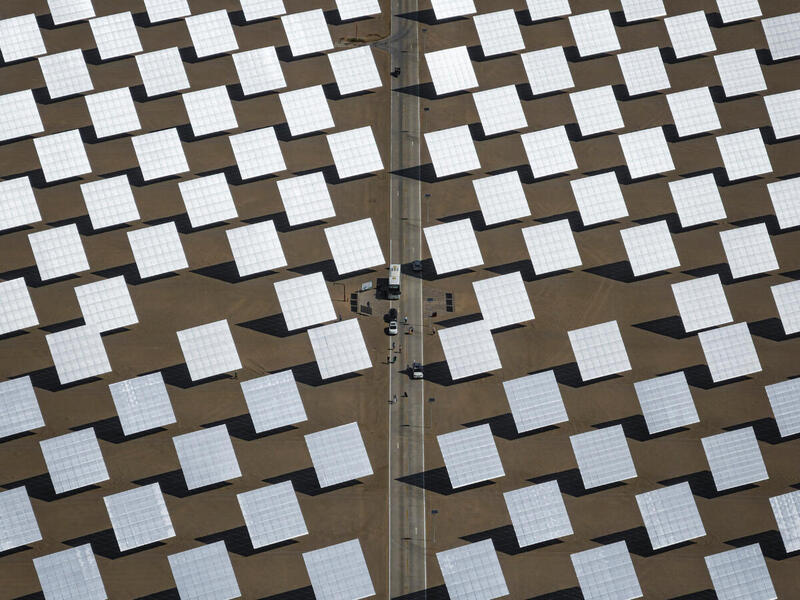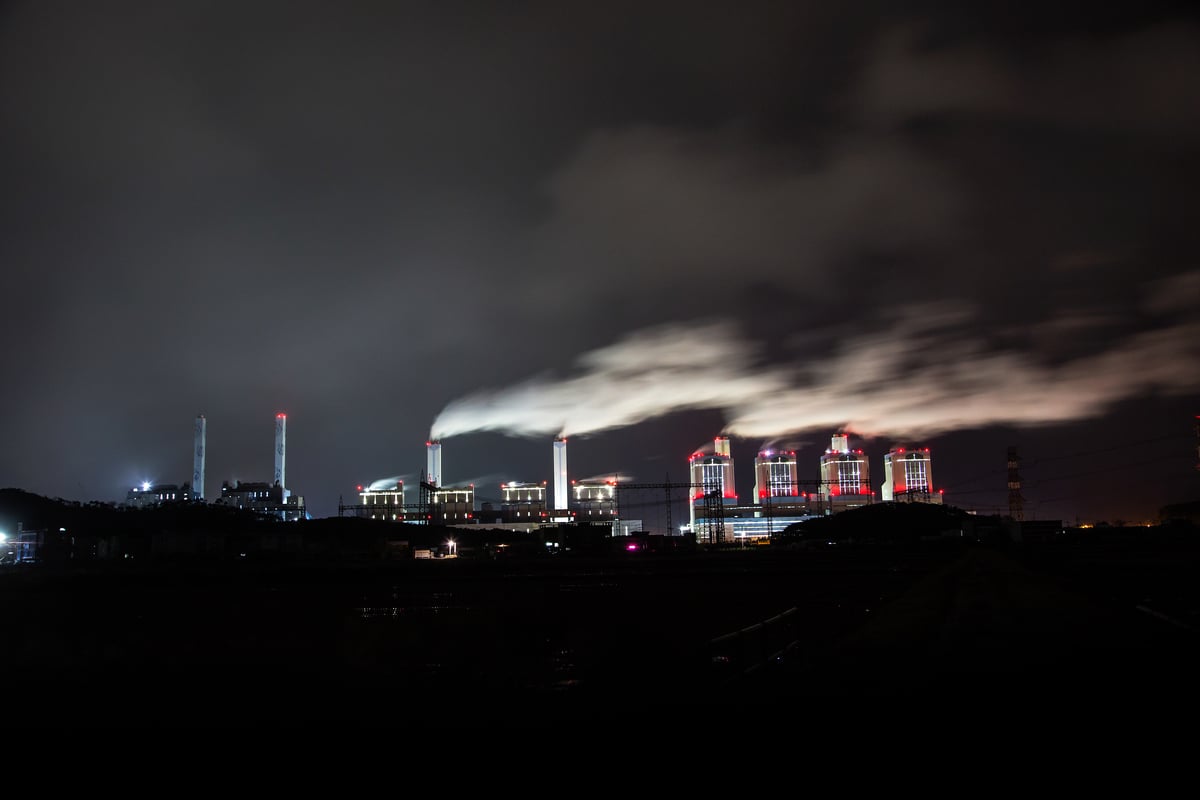This group of residents came together to bring solar to Shanghai’s rooftops
Another phase of China’s energy revolution is building. Quieter than the headline-grabbing super projects of the northwest, it is nonetheless just as powerful.
From the entrepreneur who ditched coal and became a solar pioneer, to a group of residents that is solarising their communities one rooftop at a time, Greenpeace East Asia set out to see how China’s mammoth energy transition is playing out in the lives and homes of ordinary Chinese people.
Huddled in the corner of the Haodifang Community Center, a group of residents is arguing passionately. They are a committee that is determined to bring solar to rooftops and community spaces in their district of suburban Shanghai- and they’ve already started making waves.
Ni Huan launched a community project in her own back yard and has now given tours to over 1600 visitors with a local NGO she founded. The project offers educational trips, taking in Ni Huan’s own home and a solar power roof station at a local school as well as providing a crucial space for people to learn about the possibilities of at-home solar.
Mr Xu speaks enthusiastically about the PV system on his residential building: “The system can become profitable in just about 6 years… and it can power the community’s elevators, lighting systems and water pumping systems… [any] profits can be shared among the residents.”
Permission from the half the homeowners in the building is required before any kind of structure can be placed on top of a building, so Mr Xu and his committee entered ‘endless’ rounds of meetings and negotiations with residents who opposed the installation.
Eventually, they won their neighbours over and successfully installed Shanghai’s first PV solar system on a high-rise.
Most importantly, they have cut their CO2 emissions by 50 tons. “It’s an ‘invisible’ benefit, one that you can’t put a price on”
Shanghai, compared to the rest of China, has higher environmental awareness, higher income and importantly, a higher willingness to spend on green technology. This makes it ripe for development of household solar, something these citizens are keen to promote.
For Mrs Kan, the solar system she installed for her house brings a lot more than financial benefit: “This is invaluable education for my child…by bringing her up around green technology and making these green choices, we hope that she will also choose the same kind of life when she grows up.”
Despite the bumps in the road, the group believes that distributed solar is the future: “This thing [household PV) will spread, to tens of thousands of homes and schools.”
“Pushing from the grassroots up, that’s how we can make this energy transition happen”.
Anna McGurk is an editor for Greenpeace East Asia in Beijing



